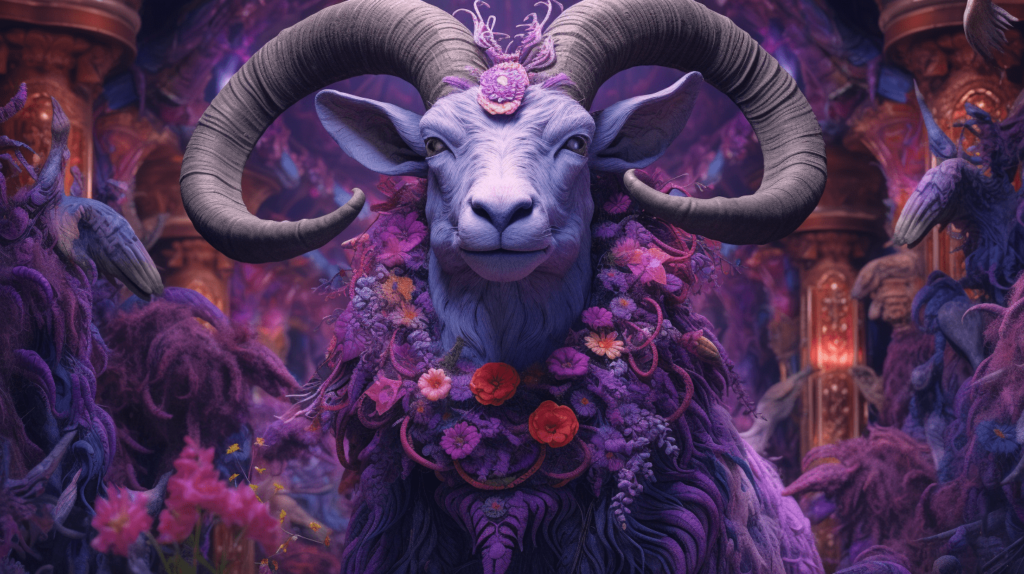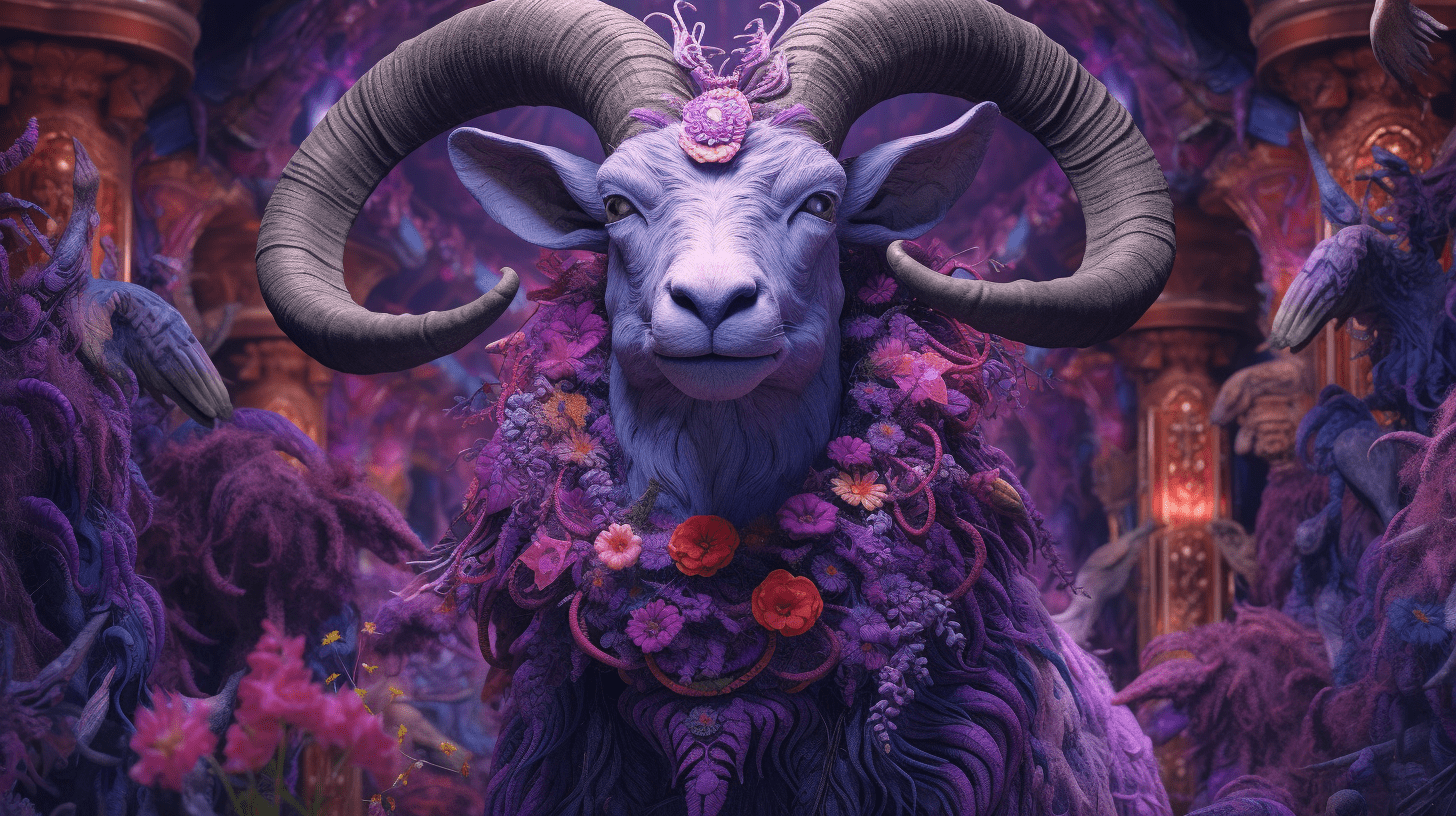
The world of NFTs, or non-fungible tokens, has seen explosive growth in recent years. As digital assets that represent ownership of unique items or content, NFTs have quickly become a significant part of the blockchain ecosystem. While the NFT market’s long-term trajectory remains uncertain, several trends and predictions can provide insight into its potential future. In this article, we will explore some of the key factors that could shape NFT pricing and trends in the coming years.
The Role of High-Profile Collaborations
One factor likely to impact NFT pricing and trends is the involvement of high-profile figures and collaborations. As more celebrities, artists, and major brands enter the NFT space, the potential for increased mainstream interest and adoption grows. These high-profile collaborations can create unique, valuable NFTs that drive demand and increase overall market value.
For example, the NBA Top Shot platform has gained significant traction by offering officially licensed NBA collectible highlights as NFTs. The success of this collaboration illustrates the potential for well-known brands and figures to drive interest and value in the NFT market.
Integration with Gaming and Virtual Reality
Another trend that could shape the future of NFT pricing is the integration of NFTs into gaming and virtual reality (VR) platforms. As more game developers and VR companies adopt blockchain technology and incorporate NFTs into their products, the potential for new use cases and increased demand for digital assets becomes apparent.
For instance, games that allow players to buy, sell, and trade unique in-game items as NFTs could attract a broader audience and increase the overall value of these digital assets. Similarly, as VR platforms grow in popularity, the potential for NFTs to represent virtual real estate, digital art, or other VR experiences could drive demand and impact pricing.
Technological Advancements and Scalability
As the blockchain industry continues to evolve, technological advancements are likely to play a significant role in shaping the future of NFTs. Improvements in scalability, efficiency, and interoperability could all have an impact on NFT pricing and trends.
For example, advancements in layer-2 scaling solutions and alternative blockchain networks could help reduce transaction costs and improve the overall user experience. This, in turn, could attract more users to the NFT market and increase demand for digital assets. Additionally, improved interoperability between different blockchain networks could enable seamless trading of NFTs across platforms, further driving demand and potentially impacting pricing.
Regulatory Developments
The regulatory landscape surrounding NFTs and cryptocurrencies will also be a key factor in determining the future of the market. As governments and regulatory bodies continue to examine the implications of blockchain technology, the introduction of new regulations and policies could have a significant impact on NFT pricing and trends.
For instance, stricter regulations surrounding digital asset trading, taxation, and ownership could create barriers to entry for some users, potentially limiting market growth. Conversely, clear and supportive regulatory frameworks could encourage more widespread adoption and use of NFTs, driving demand and impacting prices.
The Role of Artificial Intelligence and Machine Learning

Another factor that could influence the future of NFT pricing and trends is the integration of artificial intelligence (AI) and machine learning technologies. As AI and machine learning continue to advance, their potential applications within the NFT space are vast. These technologies could be used to create unique, procedurally generated NFTs, which could lead to new and exciting digital assets that drive demand and impact prices.
For example, AI-generated art or music could be tokenized as NFTs, offering collectors an ever-evolving range of unique digital assets. Similarly, machine learning algorithms could be used to predict and evaluate the potential value of NFTs, helping users make more informed decisions when buying, selling, or trading digital assets.
The Intersection of AI and NFT Curation
As AI and machine learning technologies become more sophisticated, they may also play a significant role in NFT curation. Curating and discovering valuable NFTs in the ever-growing digital space can be a daunting task for collectors and investors. AI-powered platforms could help streamline this process by analyzing vast amounts of data to identify digital assets that align with users’ interests and preferences.
These AI-driven curation tools could also help detect and filter out counterfeit or low-quality NFTs, ensuring that collectors have access to a more refined selection of high-quality digital assets. By improving the overall user experience, AI and machine learning can contribute to driving demand for NFTs and shaping market trends.
AI and NFT Provenance Tracking
In addition to creating and curating NFTs, AI and machine learning can also improve the process of tracking the provenance and authenticity of digital assets. Provenance tracking is crucial in the NFT market, as it ensures that collectors are purchasing genuine digital assets and helps maintain the value of NFTs over time.
AI-powered solutions can enhance provenance tracking by automatically analyzing the blockchain data associated with NFTs and verifying the authenticity of digital assets. This process could help prevent fraud and increase trust in the NFT market, which in turn could have a positive impact on pricing and future trends.
Fractional Ownership and NFT Index Funds
Fractional ownership is another concept that could shape the NFT market’s future. By allowing multiple individuals to own a percentage of a high-value NFT, fractional ownership can make expensive digital assets more accessible to a broader range of investors. This increased accessibility could drive demand for NFTs and impact overall market pricing.
In a similar vein, the emergence of NFT index funds could provide investors with diversified exposure to the NFT market, further expanding the potential audience for digital assets. By offering a more accessible investment vehicle, NFT index funds could attract new users and contribute to overall market growth.
Conclusion

The future of NFT pricing and trends is inherently uncertain, as the market’s trajectory will depend on numerous factors and developments. However, by examining the potential impact of high-profile collaborations, gaming and VR integration, technological advancements, regulatory developments, AI and machine learning, and fractional ownership and index funds, we can begin to form a picture of what the future may hold for the NFT market. As with any emerging market, it will be essential for investors, collectors, and enthusiasts to stay informed and adapt to the rapidly changing landscape of NFTs.
